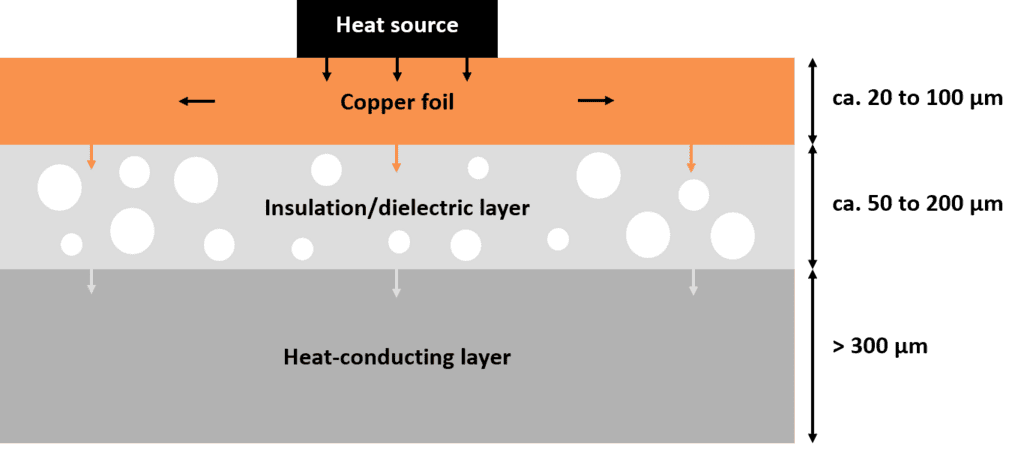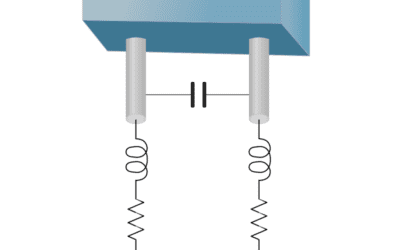The Advantages of Insulated Metal Substrates in Printed Circuit Boards
In the dynamic landscape of electronics, the choice of materials for printed circuit boards (PCBs) plays a pivotal role in determining the overall performance and reliability of electronic devices. Among the innovative solutions gaining traction is the use of Insulated Metal Substrates (IMS) in PCBs. We’ll explore the myriad advantages that come with integrating IMS into the heart of electronic systems.
1. Thermal Efficiency:
One of the standout features of IMS is its exceptional thermal conductivity. By combining a metal base, often aluminum or copper, with a dielectric layer, IMS provides an efficient pathway for heat dissipation. This characteristic is particularly crucial in high-power applications where managing heat is a constant challenge. The result is electronic devices that can maintain optimal operating temperatures, ensuring longevity and reliability.
2. Enhanced Power Density:
The thermal efficiency of IMS directly contributes to increased power density in electronic devices. As components become smaller and more powerful, the need for effective heat management becomes paramount. IMS allows for the placement of components in close proximity without compromising performance, enabling the design of compact yet powerful electronic systems.
3. Improved Reliability:
Heat is a major factor influencing the reliability of electronic components. IMS, with its ability to dissipate heat efficiently, contributes to the overall reliability of PCBs. By keeping temperatures in check, IMS helps prevent thermal stress on components, reducing the likelihood of premature failure. This is particularly important in applications where continuous and reliable operation is critical.
4. Thermal Expansion Matching:
The metal core in IMS provides a coefficient of thermal expansion (CTE) that closely matches that of semiconductor materials. This minimizes the risk of mechanical stress and cracking that can occur when materials with different CTEs are combined. The result is a more stable and durable PCB, especially in environments with varying temperatures.
5. Electromagnetic Interference (EMI) Shielding:
IMS not only excels in thermal management but also acts as a natural shield against electromagnetic interference. The metal core in IMS provides an effective barrier, reducing the impact of external electromagnetic fields on sensitive electronic components. This is crucial in applications where signal integrity is paramount, such as in communication systems and high-frequency electronics.
6. Cost-Effective Manufacturing:
While the initial cost of IMS may be higher compared to traditional PCB materials, the long-term benefits often outweigh the investment. The thermal efficiency of IMS allows for the use of smaller, more cost-effective components, reducing overall system costs. Additionally, the enhanced reliability and durability of IMS-based PCBs contribute to lower maintenance and replacement costs over the product lifecycle.
7. Design Flexibility:
IMS opens up new possibilities for design engineers. The combination of a metal core with a dielectric layer allows for creative and flexible PCB layouts. Designers can leverage the benefits of thermal conductivity and mechanical stability while exploring innovative form factors that meet the specific requirements of diverse applications.
As the demands on electronic devices continue to evolve, the adoption of Insulated Metal Substrates in printed circuit boards represents a strategic leap forward. The thermal efficiency, enhanced power density, improved reliability, and design flexibility offered by IMS contribute to the development of cutting-edge electronic systems. In a world where efficiency and reliability are non-negotiable, IMS emerges as a key enabler, paving the way for the next generation of high-performance electronic devices. Aurora Circuits has been working with IMS materials for over twenty years and has the knowledge and expertise to assist you on your next project.
MORE FROM THE BLOG
Fighting Back Against Parasitics
Parasitics in electronics are a persistent and often underestimated challenge that engineers and designers encounter in the development of electronic circuits and systems. Parasitic elements, which include stray capacitance, inductance, and resistance, can have a...
Newsletter: October 2023
Well, since fall is upon us, we’ve seen an uptick in activity over the tight summer. There are still many unknowns with the economy, but we can bet that as the geopolitical tensions across the world rise to a fever pitch, supply chain concerns will continue among OEMs and manufacturers.
Newsletter: September 2023
We are proud to announce that our MIVA LED Direct imaging system has been installed and is already paying dividends.







